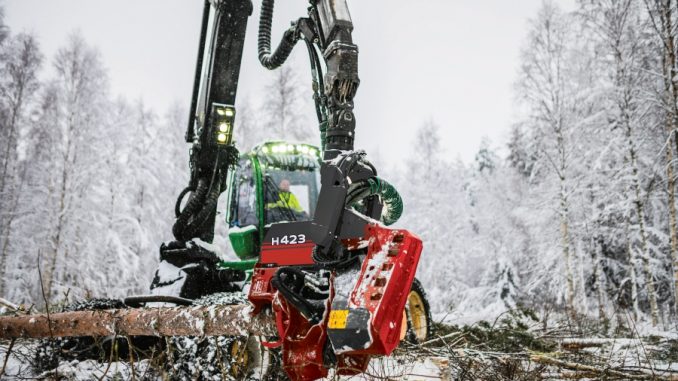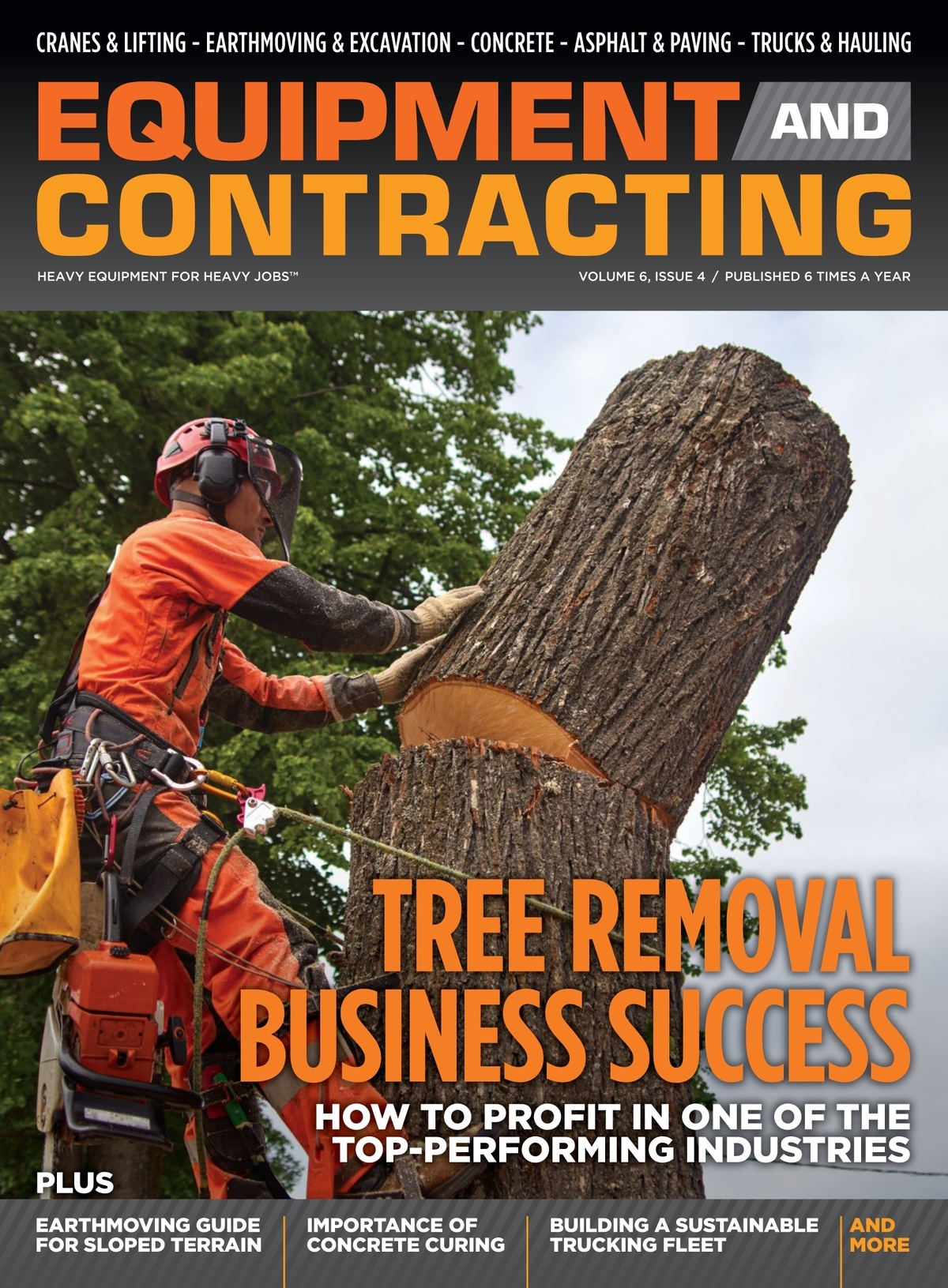
Moline, Ill. – The new H423 from Waratah Forestry Equipment is designed to carry out a wide range of harvesting jobs from early to late thinnings, and even light regeneration harvesting. With outstanding multi-tree-handling qualities, a compact frame design and excellent power-to-weight ratio, the H423 masters fast and precise felling and crosscutting.
“The Waratah H423 provides fantastic performance in thinnings,” said Brent Fisher, product marketing manager for Waratah. “Its short frame, fast feeding and optimal capacity position this model to make quick work of any thinning job that comes its way.”
Superior productivity
The H423 is well-suited for delimbing stems of all diameters. Its outstanding multi-tree harvesting qualities and excellent power-to-weight ratio take productivity to the next level.
Ideal for thinnings and other fellings where the tree diameter at breast height is 150-350 mm (6-13 in.), the 955 kg (2,105 lb.) H423 features strong, fast feeding in a nimble design.
Additionally, the H423 boasts a 420 mm (16.5 in) tip-to-tip delimbing diameter providing ample range for superior delimbing – and when combined with its 580 mm (22.8 in) cutting capacity and optional multi-tree-handling equipment, it is unmatched for productivity in varied diameter stands.
Enhanced reliability and serviceability
Beyond its productivity features, the H423 also hosts a variety of features that make it both reliable and easier to service – extending productive time.
This new model features next generation hose routing from the boom to harvester head and well protected hoses to the feed motors making interference from understory or limbs a thing of the past. Likewise, serviceability to the main valve is easier and possible thanks to a new hinged valve cover and improved access to greasing points.
The Waratah H423 is currently available to customers in Europe, the United States, Canada, Australia, New Zealand, Russia, Asia Pacific, and Latin America.










































